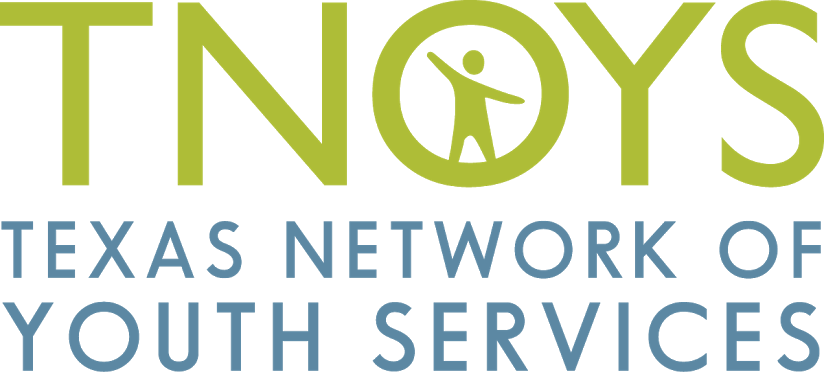At the height of Hurricane Harvey’s destruction, TNOYS reported on the status of our member organizations that were impacted, or were opening their doors to help those who were. Now that the hurricane is over and the floodwaters are receding, the work to rebuild is just beginning. Youth service providers have a unique set of challenges in a situation like this where a community has been disrupted, and with it, the already fragile lives of the state’s most vulnerable youth and families.
Below are some key issues facing youth and youth services providers during this time, along with suggestions for how to help out and resources available to those who need assistance:
-
Rebuilding Facilities
Many organizations that provide critical support to youth and families suffered severe damage as a result of Hurricane Harvey, displacing hundreds of their clients. Below is an update on some of the organizations with facilities that were most severely impacted, and how to help them rebuild:
- Covenant House Texas, an emergency shelter located in Houston, kept its doors open throughout the storm to anyone who needed shelter. Unfortunately, their facility suffered damage and they are seeking donations to help with repairs.
- Both of Devereux Advanced Behavioral Health’s Texas campuses, in League City and Victoria, flooded and they currently cannot return their 200+ clients to the facilities until they rebuild. They are seeking donations to help with the effort.
- Hope’s Path, a residential internship program for foster youth in Spring, safely evacuated their facility, but it suffered extensive flooding. Support Hope’s Path here.
-
Attention to mental health impacts
Mental health experts have pointed out that there are many long-term impacts of Harvey beyond just destruction of homes and property – those impacts can come in the form of PTSD, problem drinking, and other emotional manifestations. For vulnerable youth and families who are already in fragile situations, these impacts can be particularly detrimental to their long-term stability.
As efforts to rebuild physical structures continue, it is critical to remember the importance of emotional rebuilding as well. TNOYS’ Jack Nowicki will be leading a training in Houston on November 13 focused on crisis intervention for youth and families, which will be particularly relevant during what has become a time of crisis for many families impacted by the storm. Click here to learn more and register to attend.
Another resource to consider is the Disaster Distress Helpline, which offers 24/7 crisis counseling and emotional support related to natural or man-made disasters and is providing mental health support to victims of Hurricane Harvey over the phone. The helpline can be reached at 1-800-985-5990.
-
Ensuring educational continuity
Hurricane Harvey hit just as Texas’ young people were headed back to school and it closed schools in Houston and other nearby cities for a full week. That missed time alone can be enough to set back a student’s chance of success, but students who suddenly find themselves homeless can be at an even greater disadvantage – a change or loss of address can cause uncertainty about where and how to enroll a child in a new school.
During this time, it is important for those who serve youth to be aware of this situation and to know that most children and youth who are displaced by disasters are covered by the education subtitle of the McKinney-Vento Act, which protects education access for homeless youth. This law allows children and youth who are homeless as a result of a natural disaster to enroll immediately at a school in the attendance area where they are currently living, even if they lack usual paperwork required for enrollment such as proof of address.
You can find more information on this issue in the materials from a webinar hosted by the National Law Center on Homelessness & Poverty titled, “Addressing the Legal Needs of Displaced Students Post-Harvey.”
These are just a few of the considerations to keep in mind as Texas’ most vulnerable youth and families recover from Hurricane Harvey. TNOYS will continue to share information about services and support for youth services organizations who need it during this time. In the meantime, a final resource that may be of help is “Ready for Anything,” a manual on disaster preparedness and recovery for youth-serving organizations from the Family & Youth Services Bureau.
